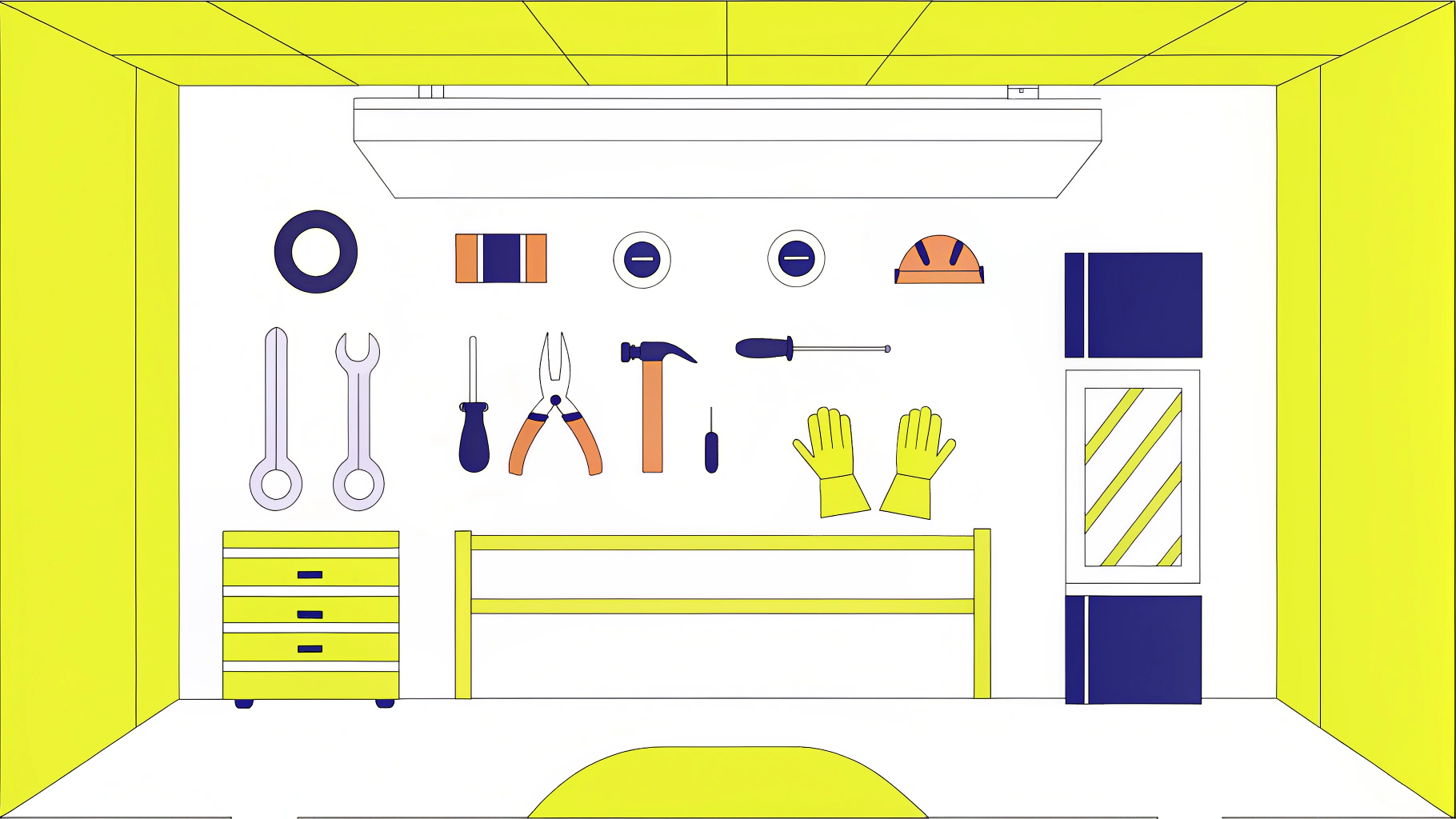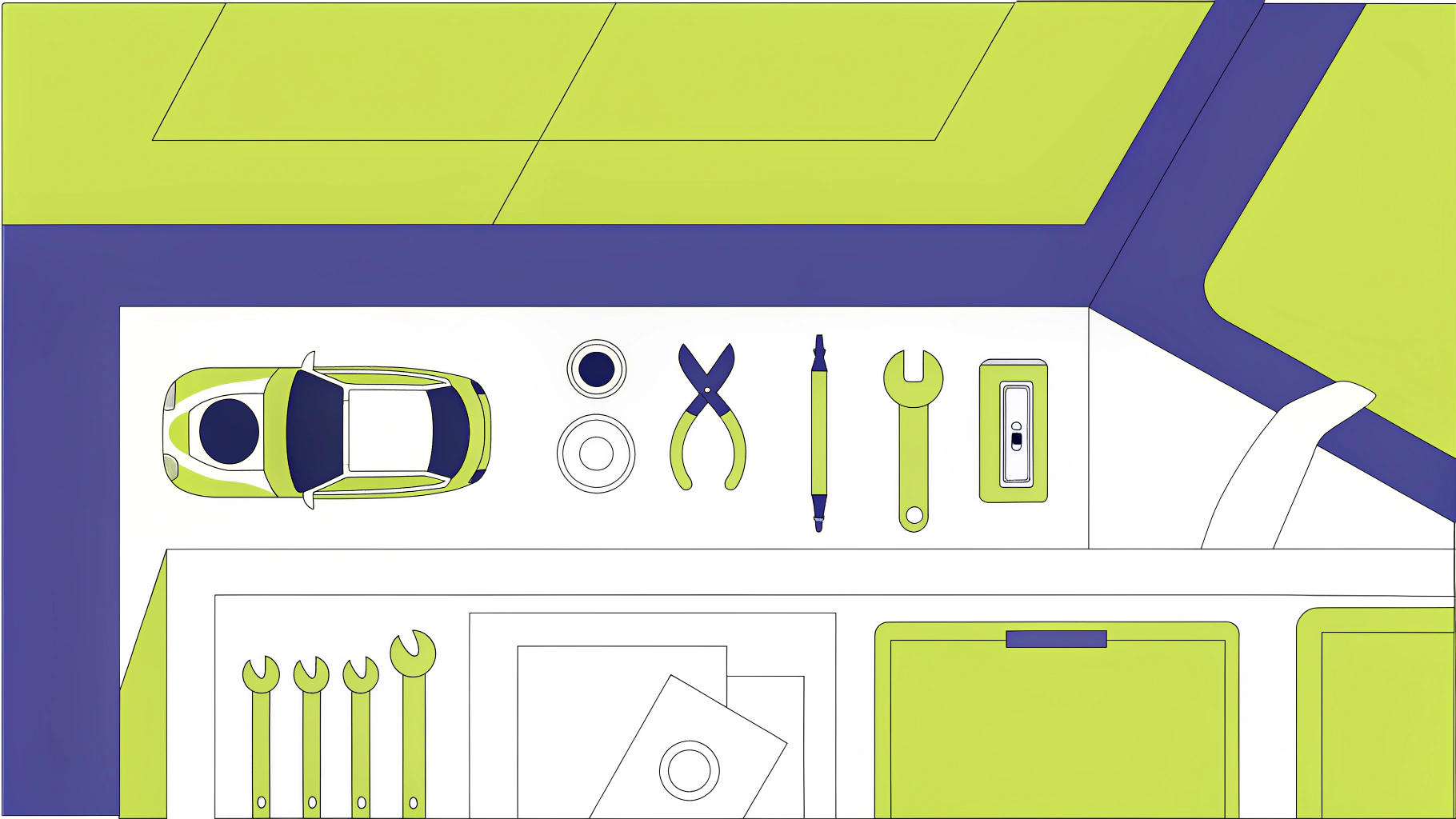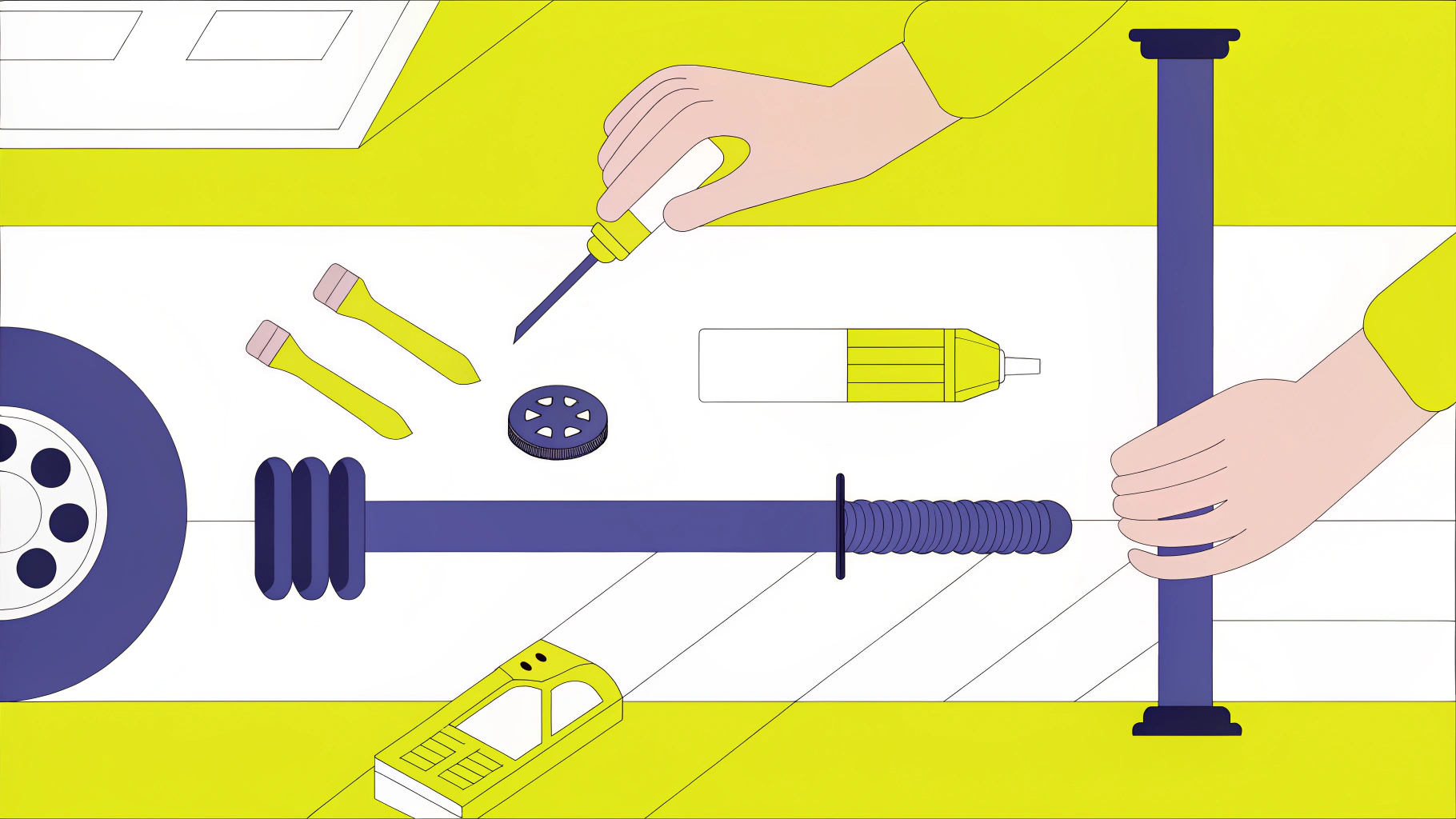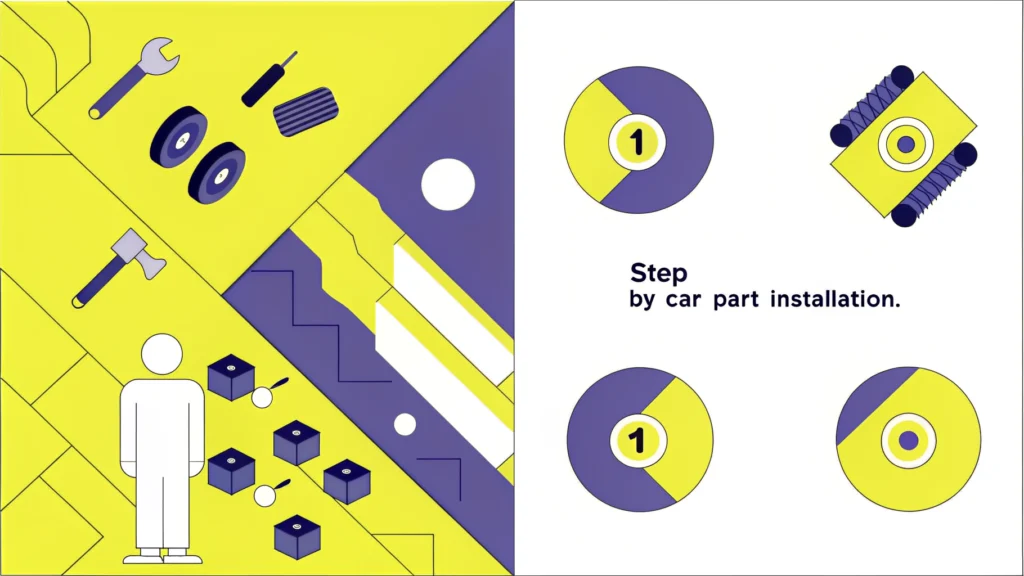Overview
This article delves into the creation of effective, step-by-step content for car part installations. It underscores the critical importance of clarity and structure, alongside the strategic use of visual aids. By providing practical tips on preparation, addressing common challenges, and offering troubleshooting advice, the article aims to empower users to navigate the installation process successfully.
Why is clarity essential? Clear instructions not only enhance understanding but also reduce the likelihood of errors during installation. Visual aids, such as diagrams and images, serve as invaluable tools, guiding users through each step with precision.
Moreover, preparation is key. Before diving into the installation, users should gather all necessary tools and parts. This proactive approach minimizes interruptions and fosters a smoother workflow.
Common challenges can arise during installations, but being prepared for them can make all the difference. Anticipating potential issues allows users to troubleshoot effectively, ensuring that they remain on track.
In conclusion, this article serves as a comprehensive guide, equipping users with the knowledge and resources needed for successful car part installations. By following these structured steps, users can approach their projects with confidence and competence.
Introduction
Creating step-by-step content for car part installations isn’t just about listing instructions; it’s an art that combines clarity, structure, and engagement. Mastering the principles of effective content creation allows individuals to transform complex tasks into manageable, user-friendly guides that empower both novice and experienced DIYers.
But what happens when the installation process hits a snag? Are the common challenges faced during these projects merely obstacles, or can they be transformed into learning opportunities? This article delves into the essentials of crafting impactful installation guides, equipping readers with the tools and insights needed to navigate both the process and potential pitfalls seamlessly.
Understand the Basics of Step-by-Step Content Creation
Creating effective step-by-step content for car part installations hinges on several key principles:
-
Clarity: Each step must be straightforward and easy to grasp. Use simple language and avoid jargon unless it is clearly defined. As noted by Albert Badalyan, an SEO Strategist, “Clarity in instructional content is essential for ensuring that users can follow along without confusion.”
-
Structure: Organize the content in a logical sequence. Each step should naturally advance from the prior one, guiding the reader through the setup process seamlessly. A report indicates that 70% of very successful companies measure ROI on content, underscoring the importance of structured content in achieving measurable outcomes.
-
Visual Aids: Enhance understanding and retention by incorporating images, diagrams, or videos. Visuals can significantly clarify complex instructions and provide context. For instance, a diagram illustrating the setup process can assist users in visualizing each step.
-
Audience Awareness: Tailor your content to match the skill level of your audience. Whether they are beginners or seasoned DIYers, adjust the complexity of your instructions to meet their needs. Engaging with your audience’s experience fosters a deeper connection.
-
Engagement: Maintain reader interest by adopting a conversational tone. Pose rhetorical questions or share relatable tips that resonate with common car maintenance experiences. For example, asking, “Have you ever faced difficulties with a challenging setup? Here’s a tip that might help!” can draw readers in.
By mastering these principles, you will create a strong foundation for your step-by-step content for car part installs, ensuring they are both effective and user-friendly.

Gather Essential Tools and Resources for Installation Guides
Before you dive into the setup procedure, gathering the right tools and materials is crucial for a successful installation. Here’s a detailed checklist to ensure you’re fully prepared:
-
Basic Tools: Begin with a dependable set of screwdrivers (both flathead and Phillips), wrenches, pliers, and a socket set. These tools are fundamental for most vehicle component installations.
-
Specialized Equipment: Depending on the specific part you’re installing, you might need specialized tools like a torque wrench, oil filter wrench, or a multimeter for electrical components. Investing in these tools can significantly enhance the quality of your work. Consider options like the Craftsman 450-Piece Mechanic’s Tool Set or the DEWALT Mechanics Tools Kit, both of which are highly regarded in the industry.
-
Safety Gear: Safety should always come first. Equip yourself with disposable latex gloves, safety glasses, and a mechanic’s apron to shield against grease and debris during the installation. As Dua Fatimah, Content Marketing Lead at AutoLeap, aptly puts it, “A mechanic is only as good as his tool set,” underscoring the necessity of having the right safety gear for any DIY project.
-
Reference Materials: Gather manuals or online resources specific to your car model that include step-by-step content for car part installs. These materials offer step-by-step content for car part installs, providing valuable insights and specifications essential for accurate installation. Additionally, having access to diagnostic equipment, such as a professional-grade scanning device, can be invaluable for troubleshooting.
-
Workspace Setup: Make sure your workspace is clean and well-lit. An organized area not only enhances your focus but also minimizes the risk of misplacing tools or components during the process. A comprehensive toolkit is vital for efficient car maintenance, empowering you to tackle various tasks effectively.
By organizing these tools and resources in advance, you’ll streamline the setup procedure and minimize potential obstacles, leading to a more effective and successful project.

Develop Clear and Actionable Step-by-Step Instructions
To create effective step-by-step instructions for car part installations, follow these essential guidelines:
- Start with Preparation: Outline the initial steps, such as disconnecting the battery or removing any necessary panels. This sets the stage for a successful installation.
- Number Each Step: Clearly number each instruction to provide a logical flow. For example:
- Step 1: Disconnect the battery.
- Step 2: Remove the old component by unscrewing the bolts.
- Be Specific: Use precise language. Instead of saying ‘remove the component,’ specify ‘unscrew the two bolts securing the component in place using a 10mm socket.’
- Include Visuals: Where applicable, add images or diagrams that correspond to each step. Visual aids can clarify complex instructions and enhance understanding. Ensure that visuals are clear and relevant to avoid confusion.
- Summarize Key Points: At the end of each section, summarize the key actions taken. This reinforces learning and helps readers remember critical steps.
Research indicates that step-by-step content for car part installs significantly improves comprehension and retention, making it easier for readers to follow along. For instance, studies show that users are 50% more likely to complete tasks when instructions are clearly numbered. As Benjamin Franklin wisely noted, ‘Tell me and I forget, teach me and I may remember, involve me and I learn.’ By creating clear and actionable guidelines, you empower readers to complete the setup confidently and successfully.

Identify Common Challenges and Troubleshooting Tips
Even with step-by-step content for car part installs, challenges can arise during car component installations. Here are some common issues and troubleshooting tips that can help you navigate these obstacles:
- Stuck Bolts: Encountering rusted or stuck bolts? Apply penetrating oil and let it sit for a few minutes. If necessary, use a breaker bar for extra leverage.
- Misalignment: If the new component doesn’t fit correctly, double-check that you have the right piece for your vehicle model. Refer to your manual or online resources for confirmation.
- Electrical Issues: For electrical components, ensure all connections are secure. If the part isn’t functioning, use a multimeter to check for continuity.
- Missing Tools: If you find yourself missing a tool mid-installation, take a moment to reassess your workspace. A well-organized area can prevent this issue.
- Consult Resources: Stuck? Don’t hesitate to consult online forums or videos specific to your car model. Many communities offer valuable insights and solutions.
By identifying these common challenges and providing step-by-step content for car part installs, you empower yourself with the knowledge to overcome obstacles and successfully complete your installations.

Conclusion
Creating effective step-by-step content for car part installations is essential for enabling both novice and experienced DIYers to navigate the complexities of vehicle maintenance with ease. By prioritizing clarity, structure, and audience awareness, this content not only informs but also engages, making the installation process smoother and more enjoyable.
Key principles such as:
- The importance of visual aids
- The necessity of gathering essential tools and resources
- The development of clear, actionable instructions
have been emphasized throughout the article. Recognizing common challenges and providing troubleshooting tips empowers readers to tackle potential obstacles with confidence. This thoughtful approach enhances comprehension and retention, ultimately leading to successful installations.
In summary, the importance of crafting well-structured, clear, and user-friendly content cannot be overstated. As car maintenance becomes increasingly accessible, adopting these best practices can revolutionize how individuals approach their vehicle repairs. By equipping themselves with the right tools, resources, and knowledge, anyone can confidently take on car part installations, ensuring their vehicle remains in optimal condition.
Frequently Asked Questions
What are the key principles for creating effective step-by-step content for car part installations?
The key principles include clarity, structure, visual aids, audience awareness, and engagement.
Why is clarity important in instructional content?
Clarity is essential because it ensures that users can follow along without confusion. Using straightforward language and avoiding jargon helps achieve this.
How should the content be structured?
The content should be organized in a logical sequence where each step naturally progresses from the previous one, guiding the reader through the setup process seamlessly.
What role do visual aids play in step-by-step content?
Visual aids such as images, diagrams, or videos enhance understanding and retention by clarifying complex instructions and providing context.
How can I tailor my content to match the skill level of my audience?
You should adjust the complexity of your instructions based on whether your audience consists of beginners or seasoned DIYers, fostering a deeper connection with them.
What techniques can be used to engage readers?
To maintain reader interest, adopt a conversational tone, pose rhetorical questions, or share relatable tips that resonate with common car maintenance experiences.

